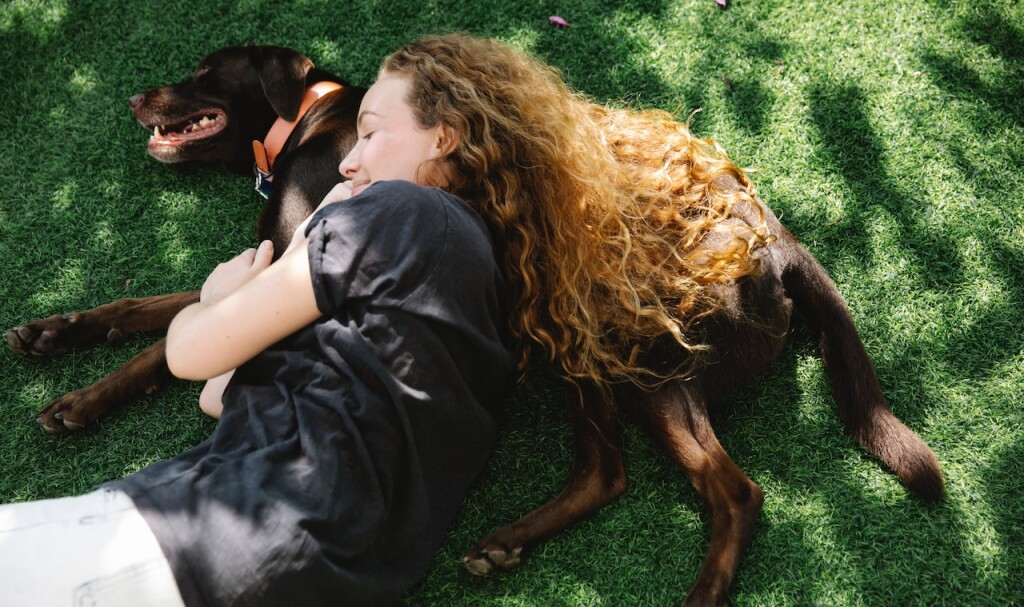New service dog handlers know how difficult it is to work with or train a service dog without making mistakes. But discussing these mistakes shouldn’t be embarrassing. In fact, this is essential to inform first-timers on what to avoid so they can have a smoother experience and reduce the risk of getting injuries in handling a service dog.
If this is your first time getting a service dog, read on to know the mistakes to avoid as a service dog handler.
1. Picking the wrong dog for the job
Remember that you’re choosing a dog that will assist you with your disability and not just a pet. A canine helper should have a personality, temperament, and demeanor that fits a specific job. If not, it will be harder to train them. Well, training them is still possible, but they may not cooperate or work as much.
So what should you do? First, make a list of things that you want your service dog to do. For example, do you want a guide, hearing assistance, or mobility assistance dog? How do you like your dog to react or respond to your actions?
Then consider their size. A larger dog provides more support, while smaller dogs take up less space. It’s essential to choose a dog that you enjoy working with, so take note of their personality. If you’re not sure what breed is right for you, search online or talk to a professional trainer for assistance.
2. Not being adequately informed on ADA laws on service dogs
It’s important to learn the Americans with Disabilities (ADA) laws to know your rights as a service dog handler, from housing to public access. This is also true when you’re traveling, especially since different countries have different laws on service dogs. Be sure that you do your research before planning to travel with your dog.
3. Taking your dog on public access without proper training
State laws allow service dogs to enter places that don’t generally allow pets like restaurants, schools, and hospitals. However, these establishments can ask handlers to remove their service animals if the dogs are not housebroken. If not properly trained, they may disturb other people in the area and get out of control. So make sure that they’re house-trained, and don’t bring them in your travels when they’re not yet ready.
4. Believing that registration is required
The ADA does not require documentation, ID, or certification for a dog to be considered a service animal. Some first-timers believe that their dogs need to be registered in order to be permitted public access, but it’s actually not required. You don’t have to show any proof that your dog has been registered as a service animal as a condition for entry. But if you want, you can still have your dog registered. Local governments and other entities, such as Service Animal Registry of California, only offer voluntary registries for people to know that a dog is a service animal.
5. Using the wrong treats
Food treats are often the most effective ways to reward and influence your dog’s behavior. However, some food could be toxic to them. If your dog is not getting excited about the treats you’re using, it’s most likely because those treats are not suitable for them. Make sure that your fur buddy is healthy by feeding them the right treats.
Conclusion
Having a dog by your side is one of the best things for service dog owners. Give your fur buddy the best time of their life by avoiding these mistakes and prioritizing their health and safety. Remember that if you’re having difficulty handling or training a service dog, you could always contact a professional trainer.
Do you own an assistance animal? Register your pet today.
The Service Animal Registry of California invites you to have your assistance animal registered in order to designate its status. We also encourage you to take our online classes so you can be fully aware of your rights and gain more knowledge about your support animal.
Finally, we present to you our book entitled, “ASSISTANCE ANIMAL LAWS: LEARN YOUR RIGHTS REGARDING SERVICE ANIMALS, EMOTIONAL SUPPORT ANIMALS, THERAPY PETS, AND OTHER DOGS, CATS, AND ASSISTANCE ANIMALS” to provide you with a complete education on assistance animals. Purchase your copy of the book by clicking the image below. 

